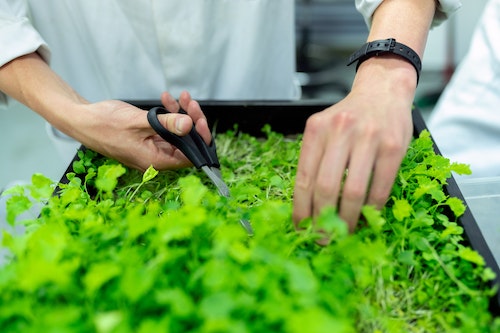Agricultural development is the improvement of land use and agricultural productivity, usually through the use of improved agricultural techniques. It involves both short-term and long-term strategies, including different techniques to increase food production and reduce hunger. Agricultural development is a key area of development in many countries, and has received increased attention in recent years due to the global food crisis and rising food prices.
Agricultural development has traditionally focused on improving agricultural technology and production systems, such as the introduction of new crop varieties, improved irrigation systems, and the use of chemical inputs. In recent years, the scope of agricultural development has broadened to include initiatives related to water management, soil conservation, rural employment, poverty reduction and access to markets.
Strategies For Agricultural Development
Agricultural development strategies involve a range of components and initiatives, including government policies and interventions, private sector investments, and investments by civil society organizations.
The main aim of agricultural development strategies is to increase agricultural productivity and incomes for smallholder farmers. To do this, governments and organizations typically invest in infrastructure, research and development, improved seed and fertilizer, and developing new markets.
Infrastructure Development
The development of rural infrastructure is essential for agricultural development. This includes investment in access roads, irrigation systems, and market infrastructure. These investments can help to reduce the cost of transporting food, increase the efficiency of irrigation systems, and make markets more accessible.
Research and Development
Research and development is important for agricultural development, as it enables the development of new varieties of crops that are better suited to local climates and soil conditions. This can help increase yields and reduce the risk of harvest failures. Research and development is often undertaken by government agencies and universities, but is increasingly being supported by the private sector and non-governmental organizations.
Improved Seed and Fertilizer
Providing smallholder farmers with improved seed varieties and fertilizers can help boost agricultural yields. It is important to bear in mind that many farmers cannot afford to buy improved seed and fertilizer, and so governments and organizations often provide support in the form of subsidies, grants, or credit.
Developing New Markets
A major challenge for smallholder farmers is having access to markets for their produce. Ensuring farmers can access markets is important for agricultural development. Governments, non-governmental organizations, and the private sector can all play a role in developing markets and improving access to markets. This includes providing information on prices and markets, helping connect farmers with buyers, and providing training in marketing and business skills.
Conclusion
Agricultural development is an important area of development, as it has an effect on food security, poverty, and rural livelihoods. It involves a range of components, including infrastructure development, research and development, improved seed and fertilizer, and the development of new markets. Governments, organizations, and the private sector all have a role to play in supporting agricultural development.
